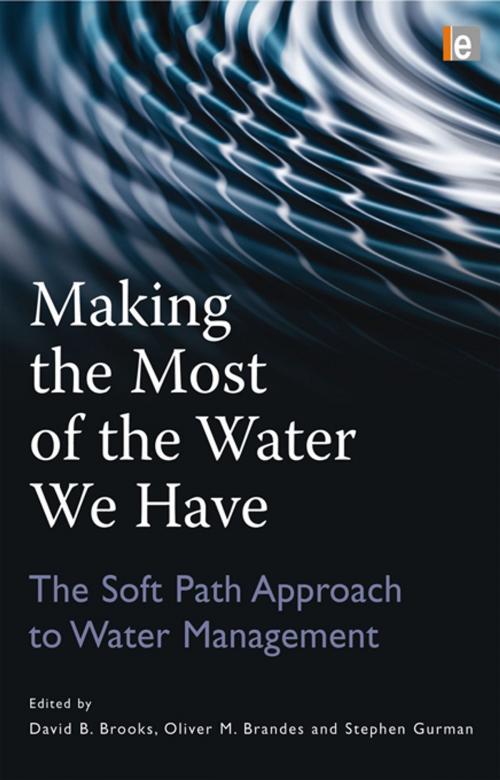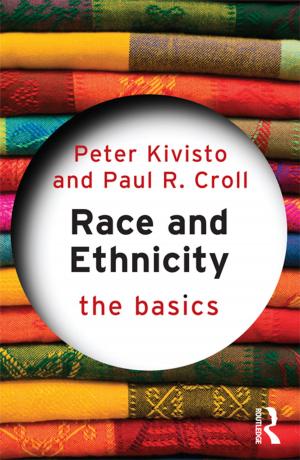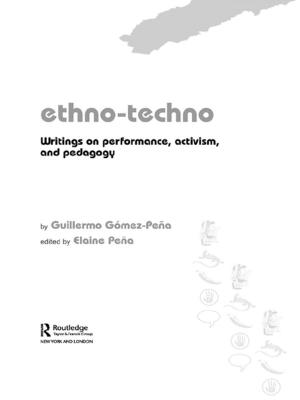Making the Most of the Water We Have
The Soft Path Approach to Water Management
Business & Finance, Industries & Professions, Industries| Author: | ISBN: | 9781136574214 | |
| Publisher: | Taylor and Francis | Publication: | September 2, 2009 |
| Imprint: | Routledge | Language: | English |
| Author: | |
| ISBN: | 9781136574214 |
| Publisher: | Taylor and Francis |
| Publication: | September 2, 2009 |
| Imprint: | Routledge |
| Language: | English |
Based on the ‘soft path approach to the energy sector, a transition is now under way to a soft path for water. This approach starts by ensuring that ecosystem needs for water are satisfied and then undertakes a radical approach to reducing human uses of water by economic and social incentives, including open decision-making, water markets and equitable pricing, and the application of super-efficient technology, all applied in ways that avoid jeopardizing quality of life. The soft path for water is therefore a management strategy that frees up water by curbing water waste. This book is the first to present and apply the water soft path approach. It has three aims: to bring to a wider audience the concept and the potential of water soft paths; to demonstrate that soft path analysis is analytical and practical, and not justeco-dreaming ; and to indicate that soft paths are not only conceptually attractive but that they can be made economically and politically feasible. Includes a tool kit for planners and other practitioners. Published with POLIS Project and Friends of the Earth
Based on the ‘soft path approach to the energy sector, a transition is now under way to a soft path for water. This approach starts by ensuring that ecosystem needs for water are satisfied and then undertakes a radical approach to reducing human uses of water by economic and social incentives, including open decision-making, water markets and equitable pricing, and the application of super-efficient technology, all applied in ways that avoid jeopardizing quality of life. The soft path for water is therefore a management strategy that frees up water by curbing water waste. This book is the first to present and apply the water soft path approach. It has three aims: to bring to a wider audience the concept and the potential of water soft paths; to demonstrate that soft path analysis is analytical and practical, and not justeco-dreaming ; and to indicate that soft paths are not only conceptually attractive but that they can be made economically and politically feasible. Includes a tool kit for planners and other practitioners. Published with POLIS Project and Friends of the Earth















